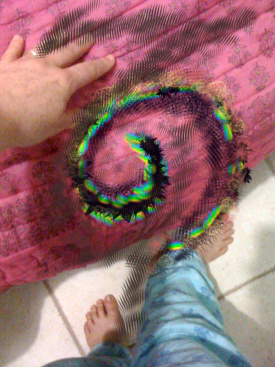Silent Migraine Symptoms – Should I Be Worried?
The onset of silent migraine symptoms can cause a lot of worry, even if the symptoms themselves aren’t too debilitating – which they can be. But are these symptoms something to worry about, or can they be safely ignored?

But silent migraine symptoms are not limited to visual auras. An increased sense of smell, trouble speaking or finding the right word, even hearing things – there are a variety of possible symptoms.
The important thing to remember is that these symptoms are temporary, increasing for a few minutes and then typically lasting an hour or less.
Once commonly known as silent migraine symptoms, the condition is now considered a type of migraine called typical aura without headache. It is possible in this type of attack to have more than one symptom, but there is no muscle weakness, fainting or dizziness (if there is, it may still be migraine, but it’s a different type of migraine. For example migraine with brainstem aura).
The symptoms may be an inconvenience, or they can be extremely disabling. Either way, they can be scary because they can look a lot like stroke and other diseases.
If your symptoms are new, or there is a change in symptoms, it is critical to see your doctor right away. When the aura is very short, or very long, or includes blindness over half of your field of vision, your doctor will be particularly concerned and will need to rule out other causes.
Getting Rid of Silent Migraine Symptoms
As strange as the condition may seem, it is not uncommon. And it is a type of migraine. Depending on how disabling the symptoms are, your doctor will discuss with you the risks and benefits of treatments.
As a type of migraine, typical aura without headache is generally treated the way other types of migraine disease are treated. There are many drug and non-drug treatments available – for an introduction, see How to treat a migraine.
Should you be worried? If these symptoms are new or have changed, yes, you should be concerned. If ongoing, your doctor can help you manage them or even eliminate them with proper migraine treatment.
